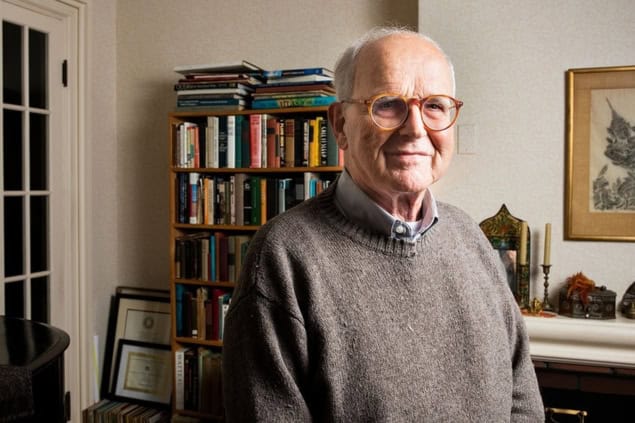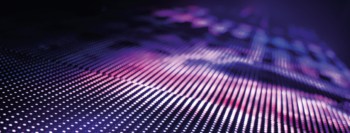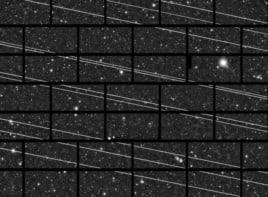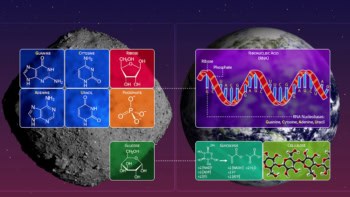
Rainer Weiss, who shared the Nobel Prize for Physics in 2017 for the discovery of gravitational waves, died on 25 August at the age of 92. Weiss came up with the idea of detecting gravitational waves by measuring changes in distance as tiny as 10–18 m via an interferometer several kilometres long. His proposal eventually led to the formation of the twin Laser Interferometer Gravitational-Wave Observatory (LIGO), which first detected such waves in 2015.
Weiss was born in Berlin, Germany, on 29 September 1932 shortly before the Nazis rose to power. With a father who was Jewish and an ardent communist, Weiss and his family were forced to flee the country – first to Czechoslovakia and then to the US in 1939. Weiss was raised in New York, finishing his school days at the private Columbia Grammar School thanks to a scholarship from a refugee relief organization.
In 1950 Weiss began studying electrical engineering at Massachusetts Institute of Technology (MIT) before switching to physics, eventually earning a PhD in 1962, developing atomic clocks under the supervision of Jerrold Zacharias,. He then worked at Tufts University before moving to Princeton University, where he was a research associate with the astronomer and physicist Robert Dicke.
In 1964 Weiss returned to MIT, where he began developing his idea of using a large interferometer to measure gravitational waves. Teaming up with Kip Thorne at the California Institute of Technology (Caltech), Weiss drew up a feasibility study for a kilometre-scale laser interferometer. In 1979 the National Science Foundation funded Caltech and MIT to develop the proposal to build LIGO.
Construction of two LIGO detectors – one in Hanford, Washington and the other at Livingston, Louisiana, each of which featured arms 4 km long – began in 1990, with the facilities opening in 2002. After almost a decade of operation, however, no waves had been detected so in 2011 the two observatories were upgraded to make them 10 times more sensitive than before.
On 14 September 2015 – during the first observation run of what was known as Advanced LIGO, or aLIGO – the interferometer detected gravitational waves from two merging black holes some 1.3 billion light-years from Earth. The discovery was announced by those working on aLIGO in February 2016.
The following year, Weiss was awarded one half of the 2017 Nobel Prize for Physics “for decisive contributions to the LIGO detector and the observation of gravitational waves”. The other half was shared by Thorne and fellow Caltech physicist Barry Barish, who was LIGO project director.
‘An indelible mark’
As well as pioneering the detection of gravitational waves, Weiss also developed atomic clocks and led efforts to measure the spectrum of the cosmic microwave background via weather balloons. He co-founded NASA’s Cosmic Background Explorer project, measurements from which have helped support the Big Bang theory describing the expansion of the universe.

Rainer Weiss: 50 years of LIGO and gravitational waves
In addition to the Nobel prize, Weiss was awarded the Gruber Prize in Cosmology in 2006, the Einstein Prize from the American Physical Society in 2007 as well as the Shaw Prize and the Kavli Prize in Astrophysics, both in 2016.
MIT’s dean of science Nergis Mavalvala, who worked with Weiss to build an early prototype of a gravitational-wave detector as part of her PhD in the 1990s, says that every gravitational-wave event that is observed “will be a reminder of his legacy”.
“[Weiss] leaves an indelible mark on science and a gaping hole in our lives,” says Mavalvala. “I am heartbroken, but also so grateful for having him in my life, and for the incredible gifts he has given us – of passion for science and discovery, but most of all to always put people first.”



